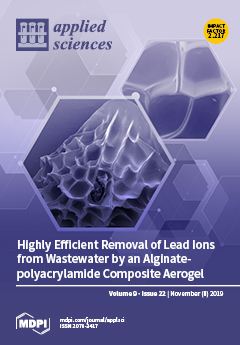Open AccessFeature PaperArticle
Characterization of Biofilm Extracts from Two Marine Bacteria
by
Delphine Passerini, Florian Fécamp, Laetitia Marchand, Laetitia Kolypczuk, Sandrine Bonnetot, Corinne Sinquin, Véronique Verrez-Bagnis, Dominique Hervio-Heath, Sylvia Colliec-Jouault and Christine Delbarre-Ladrat
Cited by 5 | Viewed by 3112
Abstract
In the marine environment, biofilm formation is an important lifestyle for microorganisms. A biofilm is comprised of cells embedded in an extracellular matrix that holds them close together and keeps the biofilm attached to the colonized surface. This predominant lifestyle and its main
[...] Read more.
In the marine environment, biofilm formation is an important lifestyle for microorganisms. A biofilm is comprised of cells embedded in an extracellular matrix that holds them close together and keeps the biofilm attached to the colonized surface. This predominant lifestyle and its main regulation pathway, namely quorum-sensing (QS), have been shown to induce specific bioactive metabolites. In this study, we investigated the biofilm formation by two marine bacteria belonging to the
Vibrio species to discover potentially innovative bioactive compounds. We proposed a protocol to isolate biofilm extracts, to analyze their biochemical composition, and to compare them to planktonic cell extracts. Cells were grown attached to a plastic surface; extracts were prepared in water, NaOH, or in ethyl acetate and analyzed. Extracellular matrix components featured carbohydrates, proteins, lipids, and low amount of DNA. Carbohydrates appeared to be the main constituent of biofilm but also of the planktonic cell supernatant. Moreover, antimicrobial and QS-signaling activities were evidenced in extracts.
Full article
►▼
Show Figures





